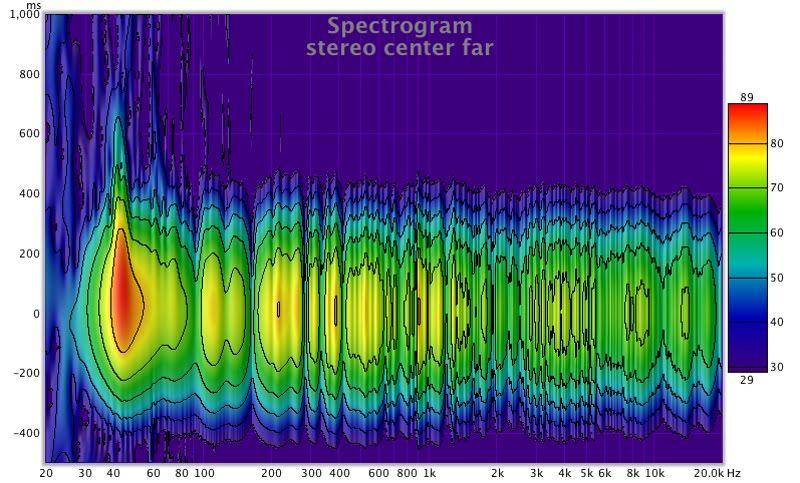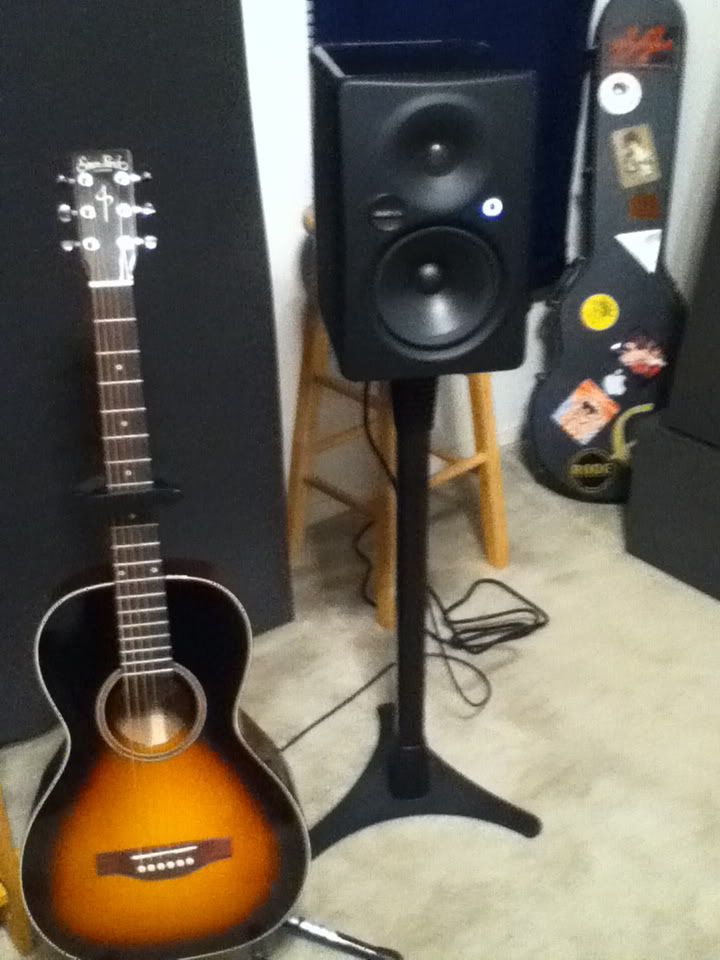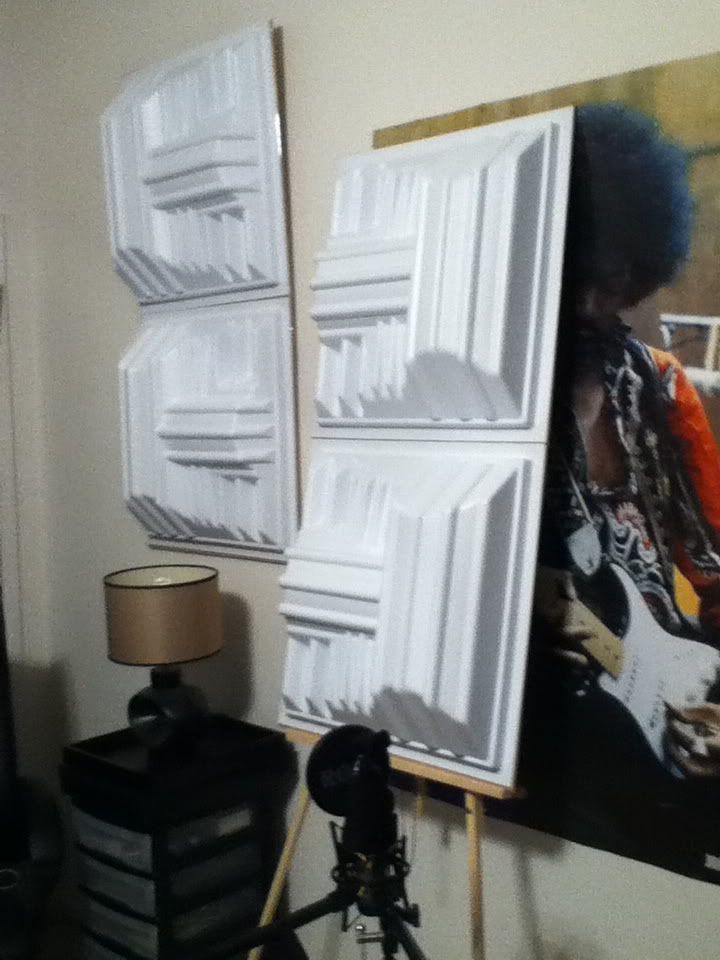One perhaps nonintuitive fact about reflection detection related to binaural hearing is the reflections are almost equally detectable from the side walls or floor and ceiling--the medial or lateral plane. (Olive and Toole)
The audible effects of these reflections however are different.
From the sides(lateral plane), reflections add spaciousness and source broadening due to interaural differences. Theater and concert hall designers have utilized this for decades as Dr. Toole's studies found this is preferred by listeners. Borish (1986) found that “the only subjective effect of delayed sounds when laterally displaced is spatial impression”. However, this spaciousness/envelopment comes at a price. Click on the pics below.
Implications are essentially why THX has their surround sound standards--narrow loudspeaker directivity and surround speaker to the rear of the listeners. The best of both worlds--precise imaging, envelopment, and spaciousness. This also partly accounts for why the origin of high frequencies are more easily heard--less early reflections d/t higher directivity and they are more difficult to reflect IOW readily absorbed.
Medial plane Reflections: Drs. Olive and Toole found in
"The detection of Reflections in Typical Rooms", that vertical reflections essentially effect the timbre of the perceived sound. Not so different than what's been found to be in Binaural Hearing and Direction Perception. Read it here.
 |
| Excerpt from Olive/Toole |
Check out NASA's "speaker cage" used to help it build virtual auditory environments to vastly expand on this post. Finally a great use of our tax money! :)
 |
The “speaker cage” developed at Armstrong Laboratory, Wright-Patterson Air Force Base for HRTF measurements. Note the sound absorbing foam around the struts. Courtesy of Richard McKinley, Armstrong Laboratory, Wright-Patterson Air Force Base. |
The book of their research and its implementation is downloadable for free
here. Highly recommended!


































